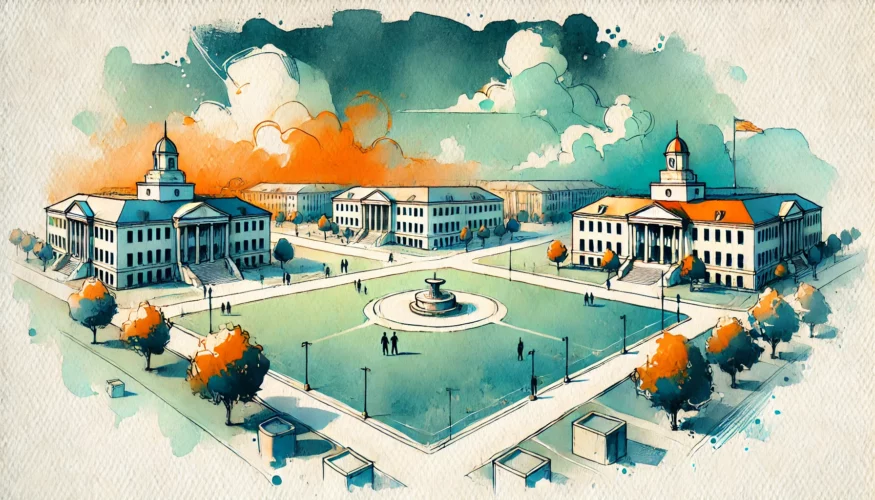get these nets
Veteran
*full study
 aibm.org
aibm.org
DJ Windsor, Richard Reeves
More non-Black students offset these declines, but the reduced presence of Black men means fewer are benefiting from the supportive environments that HBCUs provide to help students succeed during and after college
The enrollment of Black men and Black women at HBCUs has declined since 2010, but there has been a steady increase in the enrollment of non-Black students. This is not by accident. It is one of several responses by HBCUs to address Black enrollment declines and funding challenges.⁴

Figure 2
The share of non-Black students at HBCUs has increased to 24%, compared to 15% in 1976. Since 2010, there have been significant increases in the share of Hispanic and Multi-racial students while the share of white students has slightly decreased and the share of Asian students has remained steady. Part of this increase may be due to changing practices around racial identification, for example the general increase in multiracial identities.⁵ However, the increase in the share of non-Black students at HBCUs has not resulted in a decline in the share of Black women on campus, who continue to account for around half the student body. Instead, the share of Black men at HBCUs has dropped sharply to 26%, down from 31% in 2005 and 38% in 1976. The share of non-Black students (25%) now matches that of Black men (26%).
@DrBanneker
HBCUs: Addressing the Decline in Black Male Enrollment | AIBM
Black men now make up only 26% of students at HBCUs, down from 38% in 1976, leading to fewer benefiting from the supportive environment these…
HBCUs at a Crossroads: Addressing the Decline in Black Male Enrollment
Aug 22, 2024DJ Windsor, Richard Reeves

Summary
Black men account for only 26% of the students at Historically Black Colleges and Universities (HBCUs), down from 38% in 1976. In fact, there are fewer Black men enrolled at HBCUs today than in 1976. HBCUs have long served as valuable institutions for Black students, offering a unique environment that fosters academic achievement, mental well-being, and economic mobility.More non-Black students offset these declines, but the reduced presence of Black men means fewer are benefiting from the supportive environments that HBCUs provide to help students succeed during and after college
As many non-Black students as Black male students at HBCUs
The enrollment of Black men and Black women at HBCUs has declined since 2010, but there has been a steady increase in the enrollment of non-Black students. This is not by accident. It is one of several responses by HBCUs to address Black enrollment declines and funding challenges.⁴
Figure 2
The share of non-Black students at HBCUs has increased to 24%, compared to 15% in 1976. Since 2010, there have been significant increases in the share of Hispanic and Multi-racial students while the share of white students has slightly decreased and the share of Asian students has remained steady. Part of this increase may be due to changing practices around racial identification, for example the general increase in multiracial identities.⁵ However, the increase in the share of non-Black students at HBCUs has not resulted in a decline in the share of Black women on campus, who continue to account for around half the student body. Instead, the share of Black men at HBCUs has dropped sharply to 26%, down from 31% in 2005 and 38% in 1976. The share of non-Black students (25%) now matches that of Black men (26%).
@DrBanneker